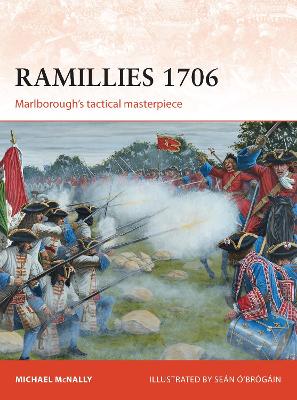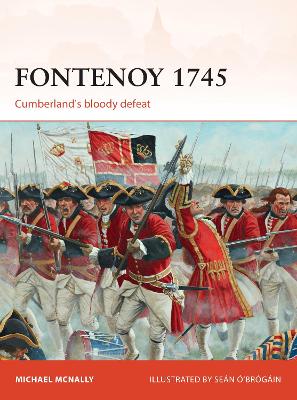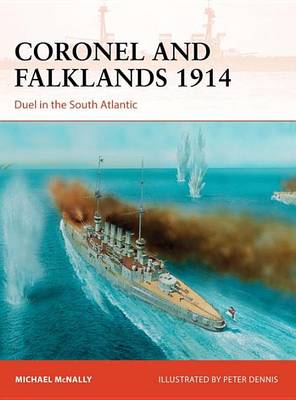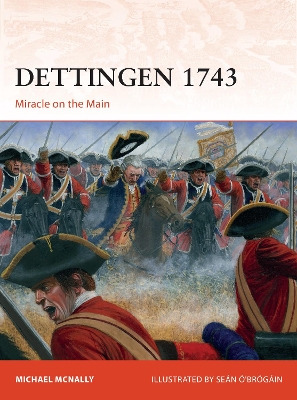Campaign
5 primary works • 11 total works
Book 160
Book 180
Book 197
Book 213
Book 275
Fearing an encirclement of France by a resurgent Habsburg-controlled Austria, the French commander Marshall Saxe planned to overrun the Austrian Netherlands, thereby dealing a decisive blow against their enemy’s ability to wage war. Saxe’s army, the cream of the French military, invaded and set up a defensive position at Fontenoy, near Tournai – daring his enemies to knock him off his perch. This title, beautifully illustrated with full colour plates, is an in-depth study of the British Duke of Cumberland’s attempt to assault Saxe’s position. It focuses on the inability of allied leaders to coordinate their attacks and how Cumberland came within a whisker of achieving a major victory.
v. 185
The conflict quickly escalated into what is now known as the War of the Austrian Succession, and a series of turbulent political events brought the crisis to a head on the road to Hanau, near Dettingen. There, the French moved to put into place a complex manoeuvre which had the potential to end the war at a single stroke. A column of French troops would cross the Main near Dettingen and block the road to Hanau, their orders being to simply hold their ground and bar the route of the Allied British and Hanovarian advance. A second column would cross the Main behind the enemy and then follow their line of march northwards. The bulk of the army would use a combination of bridges and pontoon-bridges to cross the Main and engage the enemy from the flank as they were strung out on the line of march. However, the plan relied heavily on the blocking force, and command of this crucial sector fell to an inexperienced nobleman Louis-Auguste, Duc de Grammont, who chose to attack rather than hold his position. Consequently, the manoeuvre failed and the French broke, fleeing for the Main and safety, with the Gardes Francaises famously swimming the river.
Supported by specially commissioned artwork including maps and battleplates, this title explores the battle in depth, detailing its build-up, events, and aftermath, as well as analysing the strengths and weaknesses of the commanders, armies, and tactics of both sides.
Tannenberg is a major battle that deserves a fully illustrated treatment all of its own, and for the first time this book brings the epic Eastern Front clash to life in visual detail. No other book on this topic walks you through the action like this one, using detailed maps to provide unit locations and movements and help explain key command decisions, while period photographs and colour battlescenes put soldiering back at the core of the events by revealing the military material culture of the opposing sides.
Michael McNally guides you through the initial border engagements and the battles of Gumbinnen and Stallupoenen, before moving on to explore the massive, often confused running battle of Tannenberg in easy to follow and concise detail. This work helps you understand how the Germans managed to maul Samsonov's Second Army and all but destroyed the Russians as a fighting force. The Russian war plan of using overwhelming numbers to gain a quick victory before conducting further operations would soon lie in pieces on the ground. It also assesses the contribution modern technology - such as railways, aerial reconnaissance, radio and telegraphy - made to the emphatic German victory.







